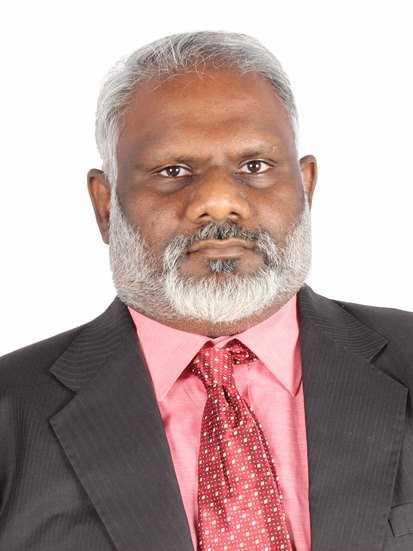PI Name & Affiliation:
Dr. N. Chandrasekaran,
Higher Academic Grade
Centre for Nano Biotechnology (CNBT)
Vellore Institute of Technology, India
Co-PI Name & Affiliation:
Dr. George Priya Doss,
Associate Professor
School of Bio Sciences and Technology (SBST)
Vellore Institute of Technology, India
Funding Agency: DST (SERB)
Scheme: Core Research Grant (CRG)
Overlay: Rs. 14,00,000
Duration of the Project: 2 Years

Dr. N. Chandrasekaran

Dr. George Priya Doss

Project Description
In India, the leather tanning and curing industries are the fourth largest export industry and a high concentration of industries are located in Vellore, Dindigul, and Erode districts of Tamil Nadu. From these industries elevated levels of chromium are released to the environment and water bodies. As a result, an increased amount of chromium accumulation in municipal sludge has been reported in these regions. Current reports are showing that the microplastics in the sludge are prone to foul with the organic and inorganic pollutants and produce eco-corona. This could facilitate the rapid and significant distribution of pollutants in the soil system and food chain (Fig. 1).
In order to address these phenomena, this project is aimed,
-
To enumerate the total microplastics content, organic and inorganic pollutants, and microbial community alteration in the sludge laden soil samples
-
To determine the possible primary and secondary foulants in eco-corona on microplastics, the formation of microplastics-Cr complex, and its effects on the earthworm proteins and enzymes under in silico condition
-
To demonstrate the microplastics-mediated vertical distribution and rapid accumulation of organic and inorganic pollutants in the soil, and chemical as well as microbial composition alterations in soil and earthworm.